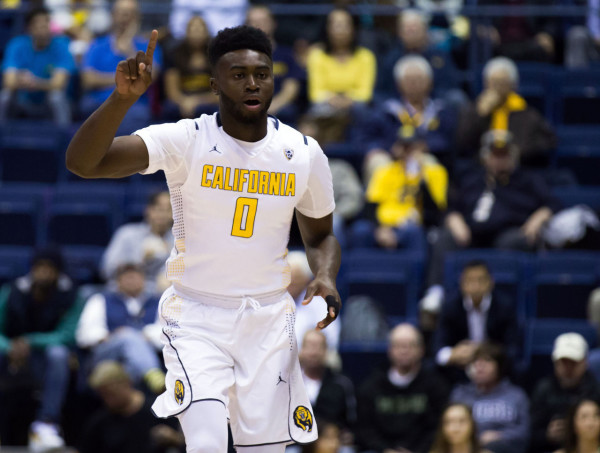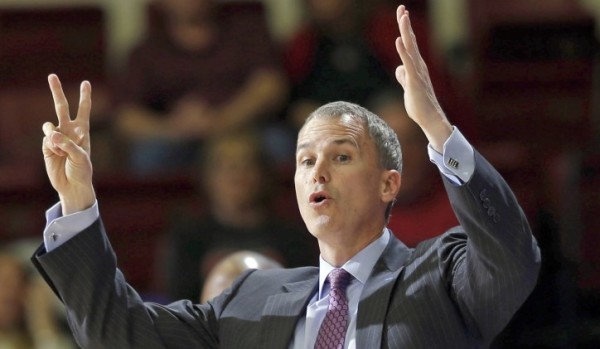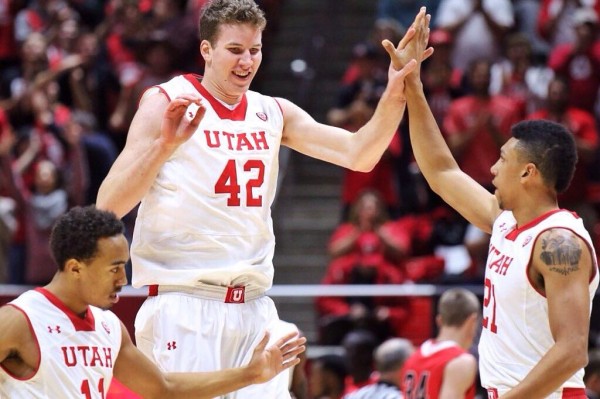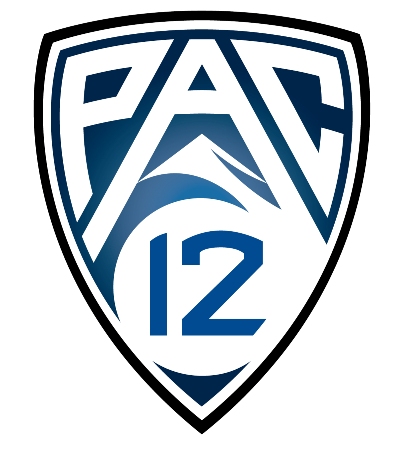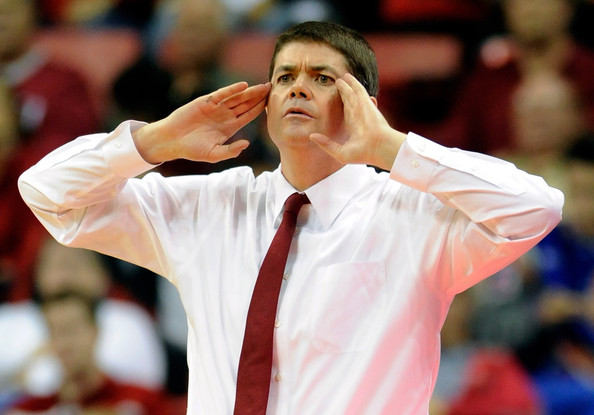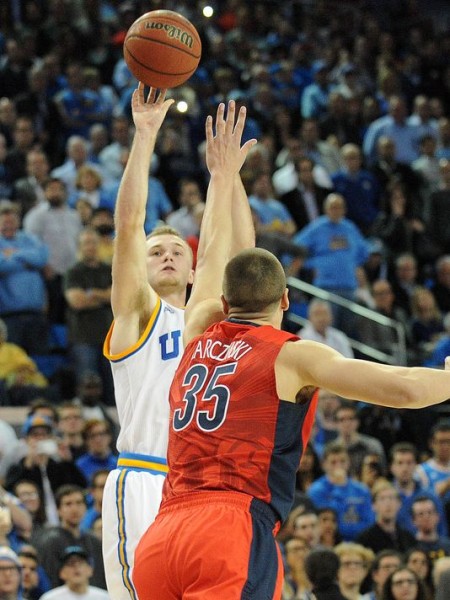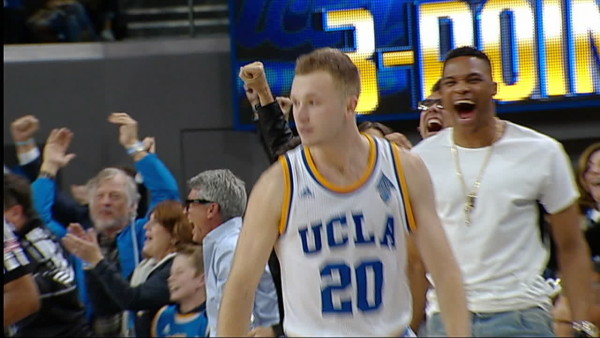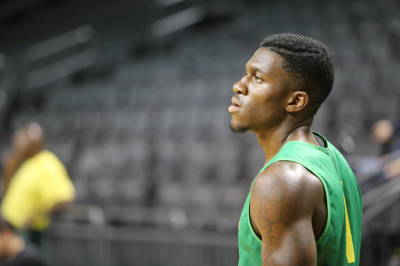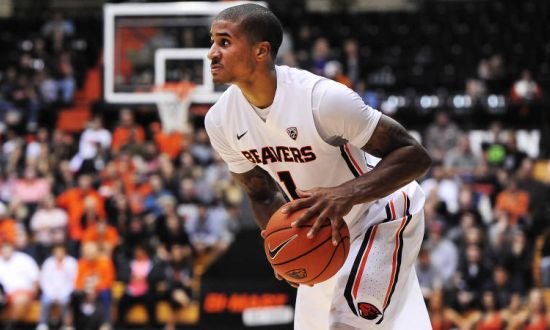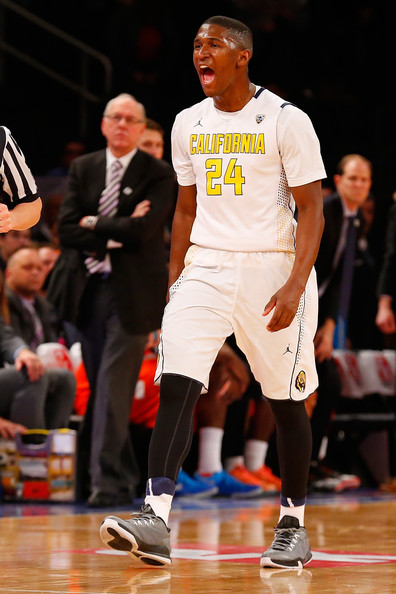Burning Questions: Pac-12’s Best Wing
Posted by Mike Lemaire (@Mike_Lemaire), Adam Butler (@pachoopsab) and Andrew Murawa (@Amurawa) on January 22nd, 2016We started out by assessing the Pac-12 point guards. Last week we moved onto the big men. This week we’re looking at the slashers and shooters (sounds dangerous) manning the wing in the conference. We asked three of our guys: who’s the best wing in the Pac, and unlike those first two questions (where Payton and Poeltl were heavy favorites), this one is wide open. Answers below.
Adam Butler: I always struggle with whether or not to call the college basketball season a sprint or a marathon. It’s easy to equate it to both, knowing that November losses can be meaningless with a strong sprint to the finish. Conversely, sprinting out of the gate (i.e. Washington last season) doesn’t alway suggest super success. This, of course, is a lead to consider that so long as you can endure the marathon and garner an invitation to the sprint (March Madness) your team is best suited by having the best players. I don’t care about your efficiencies, team chemistry, peaking, drowning, front court, back court, history — if you have the best players in the NCAA tournament you have a chance. Jaylen Brown might be the best player. His shooting stroke leaves something to be desired (28% isn’t good from three), but as the game trends towards the rim, so too does Brown’s. The 6’7″ power wing is connecting on 72% of his attempts at the rim. Furthermore, 45% of all his attempts are at the rim. Ipso facto, as math would suggest, Brown is getting lots of easy buckets. And if they’re not easy buckets, they’re free throws (10th highest FT rate in the conference). For some context surrounding his rim abilities, Stanley Johnson — a similarly sized power wing — took just 29% of his shots at the rim, connecting on only 53% of those attempts. I’d like to see him curb his turnovers and hit a few more jumpers if we’re considering his NBA prospects, but when it comes to bullying NCAA players, Brown might be my first pick.
Mike Lemaire: In terms of potential and ability, California’s Jaylen Brown is probably the easy answer. But in terms of production and importance to his team’s success, it is a close race between UCLA’s Bryce Alford and Oregon’s Dillon Brooks. Alford is fifth in the conference in scoring (16.9 PPG); he is tied for second in assists per game (5.2 APG); and he leads the conference in free-throw percentage. Brooks is ninth in the conference in scoring (15.5 PPG); he is 14th in the conference in rebounding (6.6 RPG); and he is right behind Alford at second in free-throw percentage. Also, both guys play more than 30 minutes per game and have similar usage rates. It comes down to Brooks’ vastly superior defense vs. Alford’s vastly superior shooting. In a pinch, the pick here is Brooks because he has a big impact on the game at both ends of the floor. Read the rest of this entry »





























